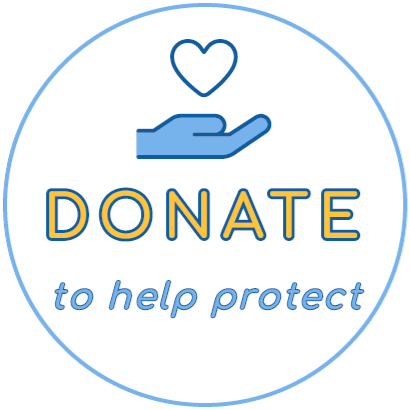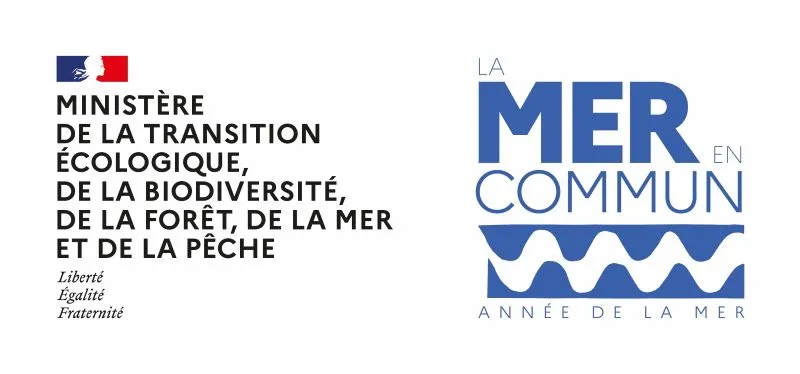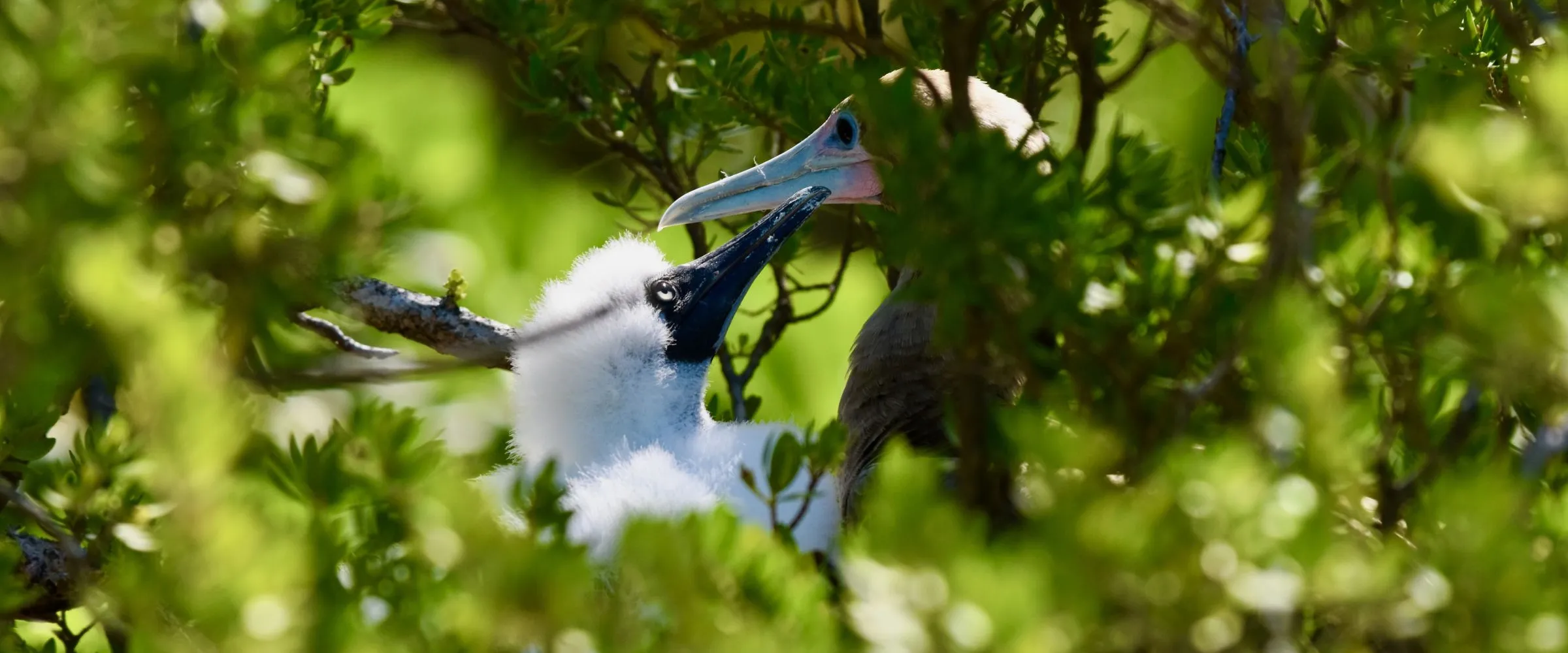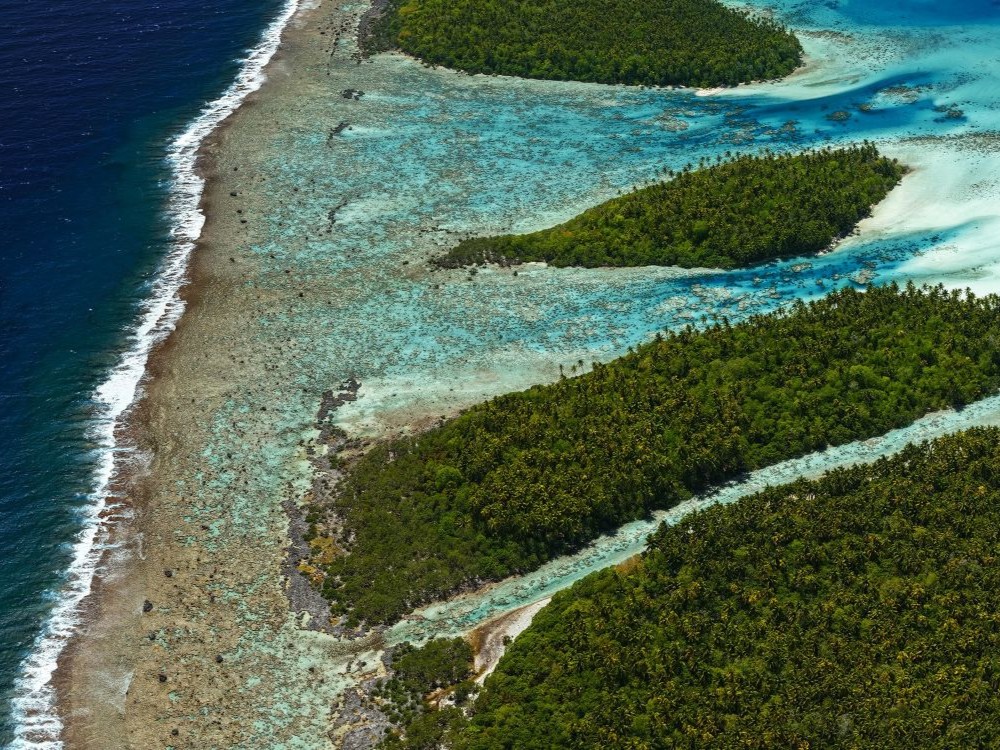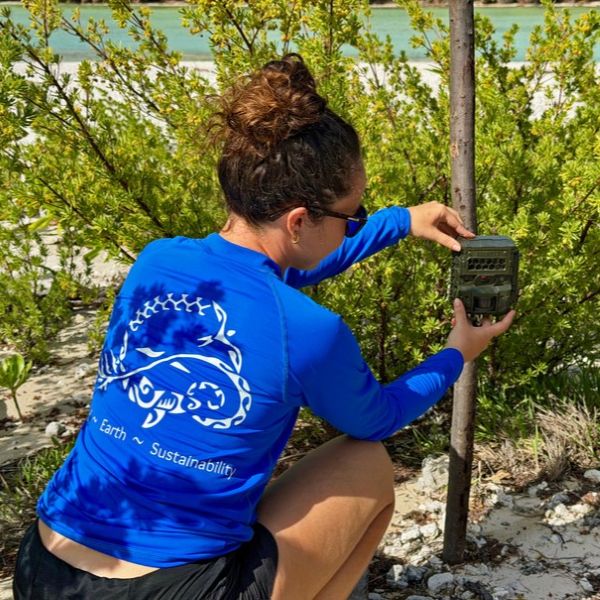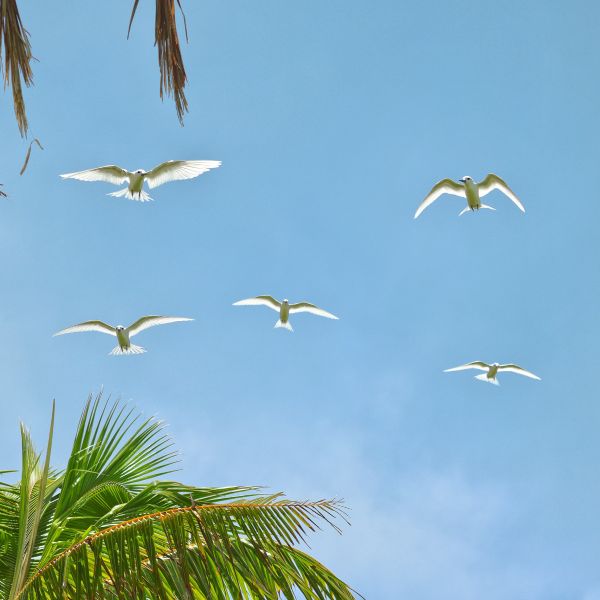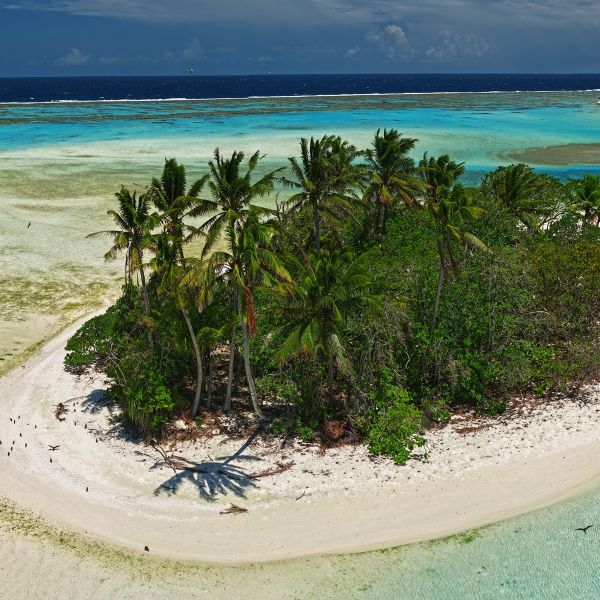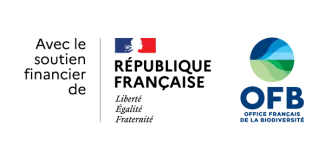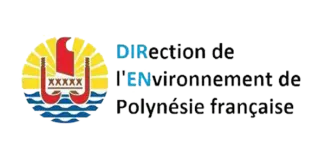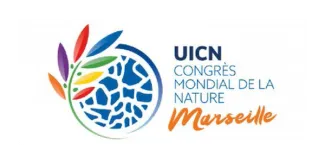Every year, around 20,000 baby seabirds should hatch across the motus of
For years, most never made it. Yellow crazy ants swarmed their nest. Rats devoured their eggs. In some colonies, entire generations were wiped out.
But everything changed thanks to the Tetiaroa Atoll Restoration Program (TARP). The yellow crazy ants are gone. The nests are safe.
And for the first time in years, seabird chicks are finally surviving, even thriving.
This Giving Tuesday: Help us protect what we’ve fought to restore.



